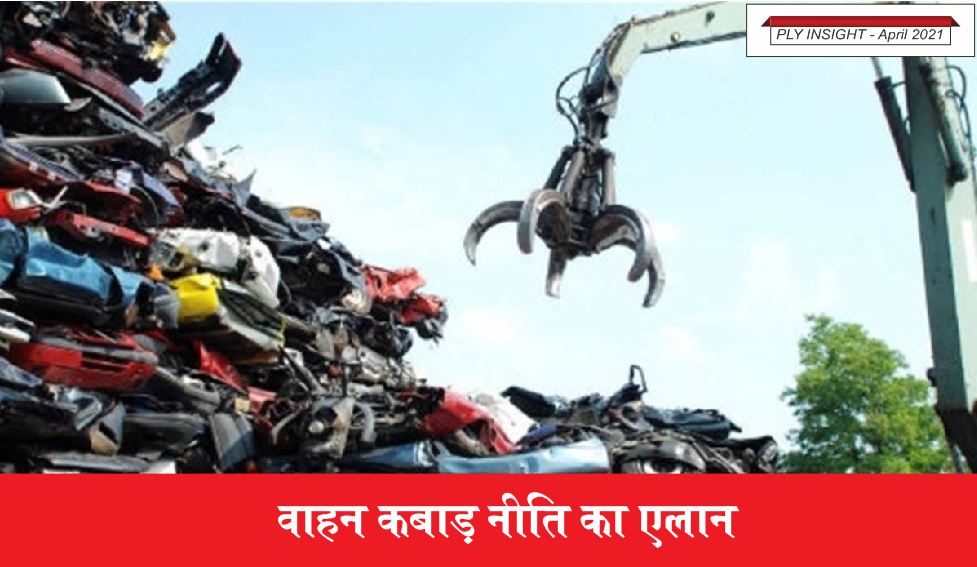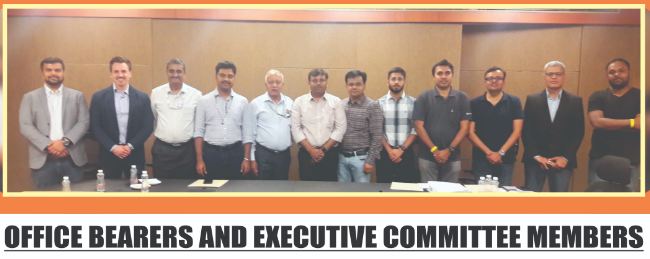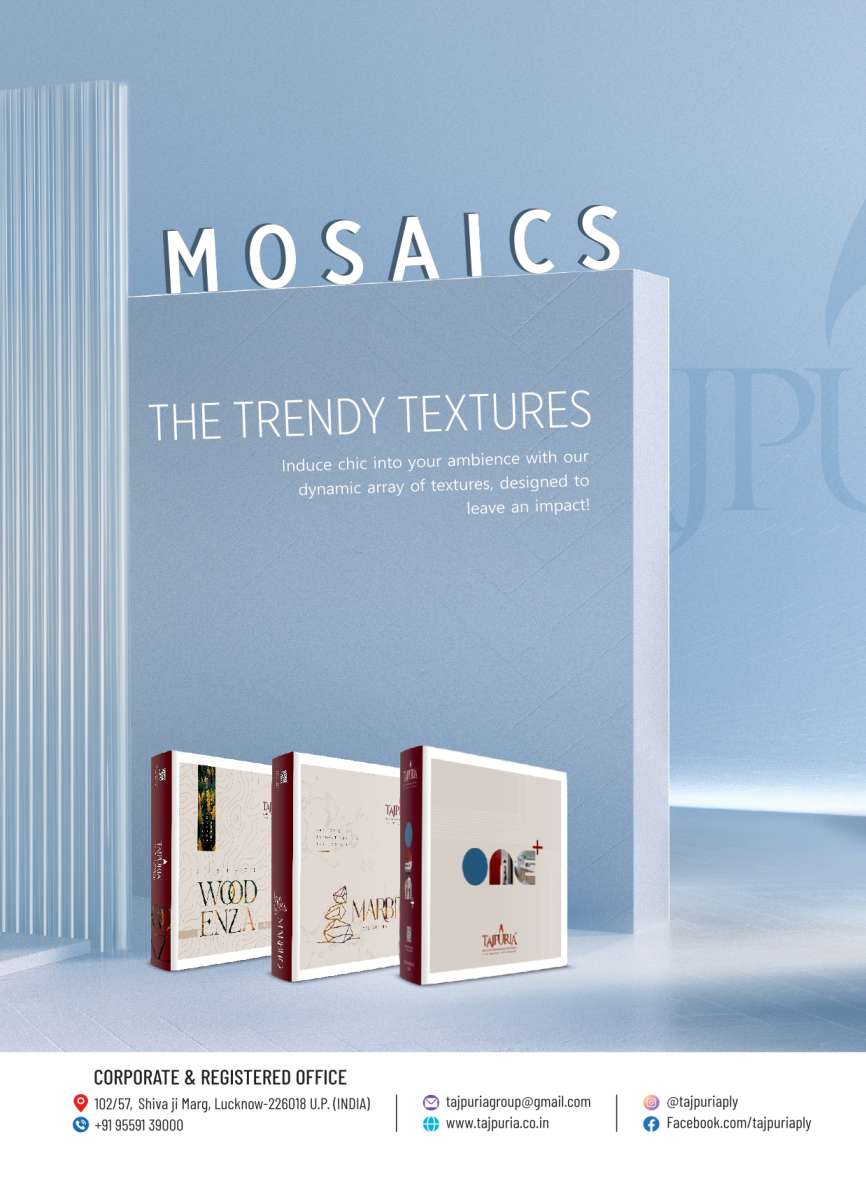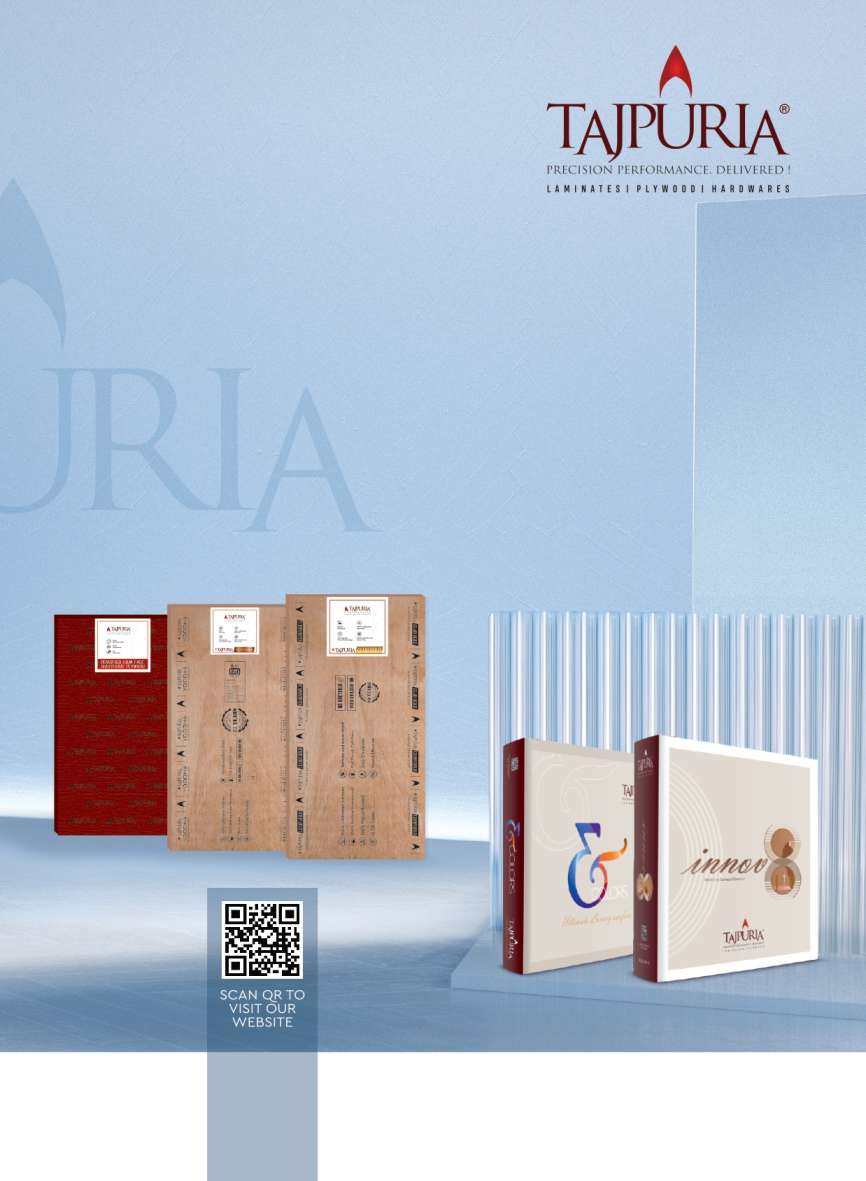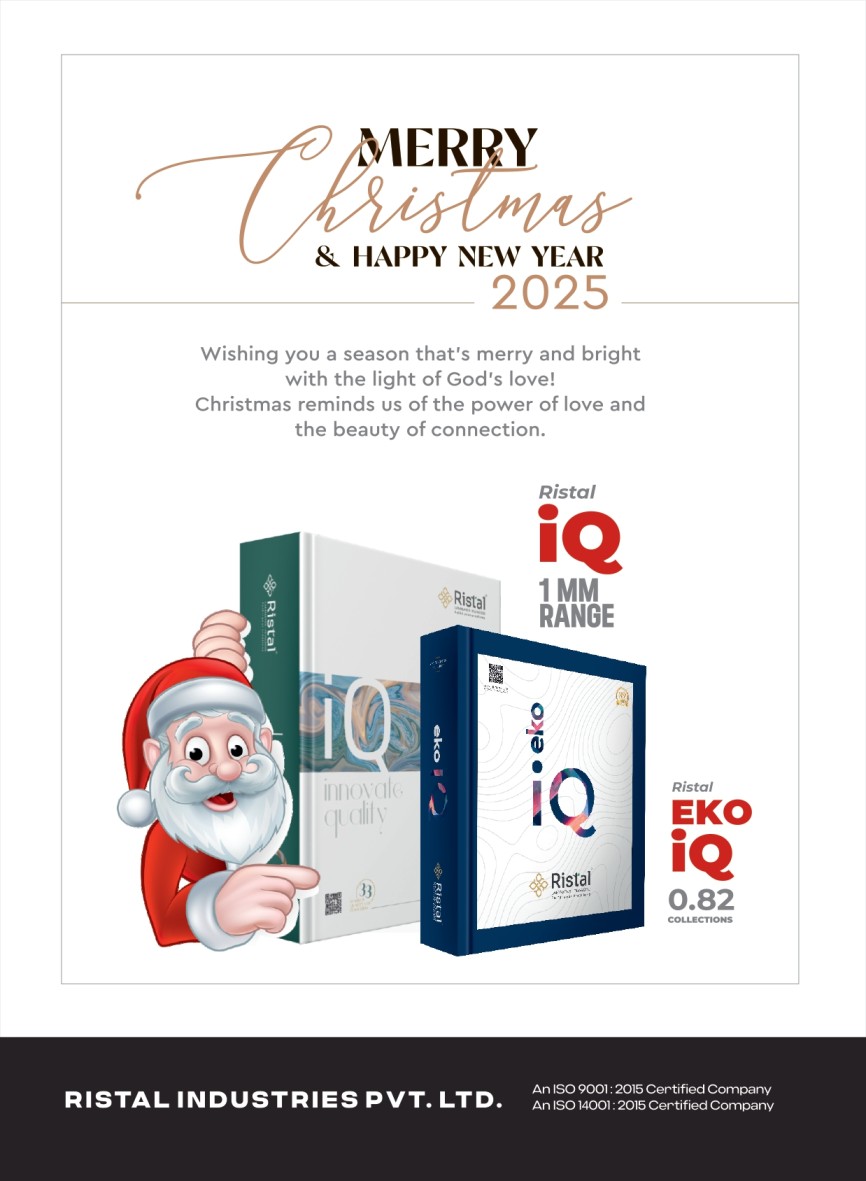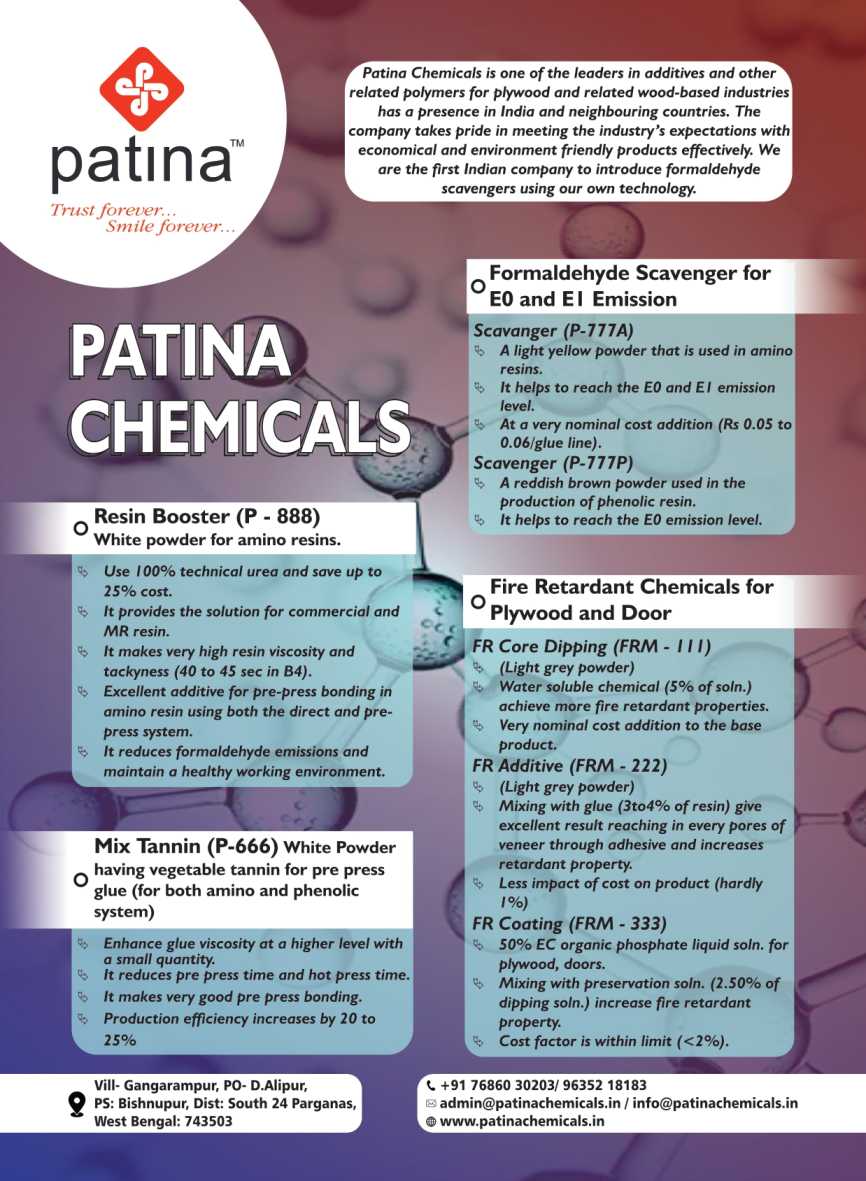
E-invoicing : Boosting GST compliance
- मई 1, 2021
- 0
The government’s move to introduce e-invoicing as a mandatory part of the GST landscape has improved compliance and boosted GST collections.
With the introduction of GST in July 2017, the government’s hopes of a uniform nationwide law to boost compliance and enhance tax collections, were repeatedly belied. Revenue collections in the first 3 years of GST were nowhere near expected lines with widespread non-compliance and non-filing of GST returns by a significant number of taxpayers. GST non-compliance was on the rise and increasing cases of fraudulent invoices to avail input tax credit (ITC), were coming to light.
There was the dire need for correction of the GST law and the government seized this opportunity to introduce e-invoicing in a phased manner. Simply put, e-invoicing ensures that a trade invoice is identified by a unique identification number (termed as invoice reference number) which is generated by the Invoice Registration portal of the GSTN. This invoice registration number is required to be encrypted in a Quick Response code (QR) on the invoice. The QR code contains, apart from the IRN, the GST registration numbers of the supplier and recipient, date of invoice generation, the invoice number and the invoice value. This unique matrix bar code is machine readable and can easily verify the invoice by even a cellphone. It permits interoperability as e-invoices are generated in a standardised format and thus can be read by different software.
Having an e-invoice which is validated by the GSTN ensures that the GSTN system captures at the incipient invoice generation stage, all supply transactions on which input credit can be availed of by a buyer of goods and services. In fact, the GSTN goes further and auto populates the sale and purchase returns of the GST registered seller and buyer. Thus, on a real time basis the GSTN system captures all the B2B transactions on which GST is applicable – any B2B invoice which does not have an IRN cannot be used for availing ITC and thus drastically truncates fraudulent practices for wrongful availment of ITC by businesses.
E-invoicing was introduced in Oct 2020 for businesses with turnover over R500 crore and extended to those with turnover over r100 crore from Jan 2021; and e-invoicing is now mandatory for businesses with turnover above R50 crore, from 1 April 2021.
Further, it is expected that by end of this year, e-invoicing will be extended and made mandatory for all GST registered businesses, except for B2C and GST exempted transactions. Financial institutions, goods and passenger transport and SEZ units also are outside the ambit of e-invoicing.
Electronic invoice generation reduces data input errors, improves account reconciliation, provides for accurate ITC claims and shortened payment cycles, and results in enhanced customer relationships. E-invoicing takes away the advantage of spontaneous physical invoicing particularly for small business and will require additional spend on automation.
The Finance Minister have agreed to eliminate the requirement of e-way bills in the near future. Most importantly, e-invoicing has, to a great extent, killed two birds with one stone – while reducing the burden of business of matching invoices and thus availing correct ITC in a timely manner, it has simultaneously ensured that government does not suffer losses on account of unscrupulous practices of fake and fraudulent tax invoices. Additionally, the automated population of e-invoices in the GST returns of sellers and buyers has vastly reduced the burden of GST compliance for trade. Its true success would, however, lie in the government ensuring that there are no technology glitches in the e-invoicing regime and that it continues its technology advancement to transform GST compliance into an auto regulated system.
जीएसटी में ई इनवाइस सिस्टम
ई-इनवाॅइसिंग को जीएसटी परिदृश्य के अनिवार्य हिस्से के रूप में पेश करने के सरकार के कदम ने भारत की वाणिज्यिक अर्थव्यवस्था के लेन-देन परिदृश्य को डिजिटल और पारदर्शी प्रणाली में बदलने के साथ-साथ जीएसटी संग्रह में सुधार किया है।
जुलाई 2017 में जीएसटी लागू होने के बाद से ही कर संग्रह को बढ़ावा देने के लिए एक समान राष्ट्रव्यापी कानून की सरकार की उम्मीदों पर खरा नहीं उतर पाया था। जीएसटी के पहले 3 वर्षों में राजस्व सग्रंह व्यापक रूप से गैर-अनुपालन के साथ अपेक्षित लाइनों के आस-पास भी नहीं था, जिसमें करदाताओं के बड़े हिस्से द्वारा जीएसटी रिटर्न की गैर-फाइलिंग थी। इनपुट टैक्स क्रेडिट (आईटीसी) का लाभ उठाने के लिए जाली बिलों के बढ़ते मामलों के कारण भी जीएसटी का अनुपालन ठिक से नहीं हो रहा था।
इस लिहाज़ से देखा जाए तो, ई-इनवाॅइसिंग के कई फायदे हैं। कर अनुपालन या टैक्स कंपलायन्स व्यवसाय प्रक्रिया का हिस्सा बन रहा है, जीएसटी रिटर्न की प्री-पोपुलेशन, ई-वे बिल का आॅटो-जेनरेशन (जहां आवश्यक हो), फ्राॅड में कमी आदि ऐसे कई सकारात्मक नतीजे हैं जो ई-इनवाॅइसिंग के कारण संभव हो सके हैं। हाल ही में, सरकार ने भी संकेत दिया कि ई-इनवाॅइसिंग जल्द ही ई-वे बिल सिस्टम की जगह लेगा और जीएसटी रिटर्न फाइल करने के मौजूदा तरीकों को बदल देगा। हालांकि, टैक्स कंपलायन्स की दृष्टिकोण से ये कुछ तात्कालिक लाभ हैं, लेकिन पूरे बिजनेस इको-सिस्टम को ई-इनवाॅइसिंग के कई दूरगामी लाभ मिलेंगे।
जीएसटी कानून को लगातार सही करने की सख्त जरूरत थी अतः सरकार ने चरणबद्ध तरीके से ई-चालान पेश किया। सीधे शब्दों में, ई-इनवाॅइसिंग एक ट्रेड इनवाॅइस की पहचान एक विशिष्ट पहचान संख्या (जिसे इनवाॅइस संदर्भ संख्या के रूप में कहा जाता है) द्वारा की जाती है जो कि जीएसटीएन के इनवाॅइस पंजीकरण पोर्टल द्वारा बनाई गई है। इस चालान पंजीकरण संख्या को चालान पर एक त्वरित प्रक्रिया कोड (क्यूआर) में एन्क्रिप्ट किया जाना आवश्यक है। क्यूआर कोड में आईआरएन के अलावा, आपूर्तिकर्ता और प्राप्तकर्ता का जीएसटी पंजीकरण नंबर, इनवाॅइस जनरेशन की तारीख, इनवाॅयस नंबर और इनवाॅइस मूल्य शामिल हैं। यह अद्वितीय मैट्रिक्स बार कोड मशीन पठनीय है और यहां तक कि सेलफोन द्वारा चालान को आसानी से सत्यापित कर सकता है। यह इंटरआॅपरेबिलिटिी की अनुमति देता है क्योंकि ई-चालान एक मानकीकृत प्रारूप में उत्पन्न होते हैं और इस प्रकार विभिन्न साॅफ्टवेयर द्वारा पढ़े जा सकते हैं।
जीएसटीन द्वारा मान्य ई-चालान होने से यह सुनिश्चित हो जायेगा कि जीएसटीएन प्रणाली शुरूआती इनवाॅइस जनरेशन स्टेज को ही संभाल लेगी जो सभी कर आपूर्ति लेनदेन जिन पर इनपुट के्रडिट का लाभ माल और सेवाओं के खरीदार उठा सकते हैं। वास्तव में, जीएसटीएन आगे बढ़कर आॅटो जीएसटी पंजीकृत विक्रेता और खरीदार की बिक्री और खरीद रिटर्न का मिलान करेगा। इस प्रकार, वास्तविकता में जीएसटीएन प्रणाली उन सभी बी 2 बी लेनदेन को पकड़ लेगी, जिस पर जीएसटी लागू होता है। किसी भी बी 2 चालान जिसमें आईआरएन नहीं होता है, आईटीसी का लाभ उठाने के लिए इस्तेमाल नहीं किया जा सकता है और इस प्रकार व्यवसायों द्वारा आईटीसी के गलत लाभ उठाने के लिए वर्तमान धोखाधड़ी तरीकों को बहुत कम कर देगा।
500 करोड़ रुपये से अधिक के कारोबार के लिए ई-चालान को अक्टूबर 2020 में लागु किया गया था और 100 करोड़ रुपये से अधिक के कारोबार के लिए जनवरी 2021 से लागु कर दिया गया था। अब 1 अप्रैल 2021 से 50 करोड़ रुपये से अधिक के कारोबार वालों के लिए ई-चालान अनिवार्य है।
इसके अलावा, यह उम्मीद की जाती है कि इस साल के अंत तक, ई-चालान को विस्तारित किया जाएगा और सभी जीएसटी पंजीकृत व्यवसायों के लिए अनिवार्य किया जाएगा, बी 2 सी और जीएसटी छूट वाले लेनदेन को छोड़कर। वित्तीय संस्थान, माल और यात्री परिवहन और एसईजेड इकाइयां भी ई-चालान के दायरे से बाहर हैं।
ई-इनवाॅइस का पेपरलेस होना डेटा एंट्री एरर को खत्म करने, रीकन्सिलीऐशन के मुद्दों को कम करने, लेन-देन वालों के बीच विवादों में कमी, पेमेंट साइकिल में तेजी, कागज की खपत में पर्याप्त कमी, प्राॅसेसिंग की लागत में कमी, बेहतर आंतरिक नियंत्रण और ऐसी तमाम सुविधाओं के कारण व्यवसायों की दक्षता को बढ़ाने में सहायक होगा। यहीं नहीं, इस नेटवर्क में न केवल इनवाॅइस के आदान-प्रदान का समर्थन कर सकते हैं, बल्कि अन्य डाॅक्यूमेंट जैसे पर्चेज आॅर्डर और पेमेंट की प्रक्रिया में भी सहायक होंगे। इस प्रकार, ई-इनवाॅइसिंग बिज़नेस के एक दूसरे के बीच इनवाॅइस भेजने और प्राप्त करने के तरीके में क्रांति लाने वाला है।
वित्त मंत्री निकट भविष्य में ई-वे बिल की आवश्यकता को समाप्त करने के लिए भी सहमत हुई हैं। सबसे महत्वपूर्ण बात यह है कि ई-चालान ने बहुत हद तक एक तीर से दो शिकार किया है। व्यापार में चालान के मिलान के बोझ को कम करते हुए समय पर सही आईटीसी का लाभ मिले, इसने साथ ही यह सुनिश्चित किया है कि सरकार को नुकसान न हो फर्जी और कपटपूर्ण टैक्स चालान के बेईमान प्रथाओं द्वारा। इसके अतिरिक्त, विक्रेताओं और खरीदारों के जीएसटी रिटर्न में ई-चालान की स्वचालित मिलान ने व्यापार के लिए जीएसटी अनुपालन के बोझ को बहुत कम कर दिया है। हालांकि, इसकी सच्ची सफलता तब सुनिश्चित होगी जब ई-चालान व्यवस्था में कोई गड़बड़ न हो और सरकार अपनी जीएसटी अनुपालन को आॅटो विनियमित प्रणाली में बदलने के लिए अपनी प्रौद्योगिकी उन्नति पर खर्च करना जारी रखे।

